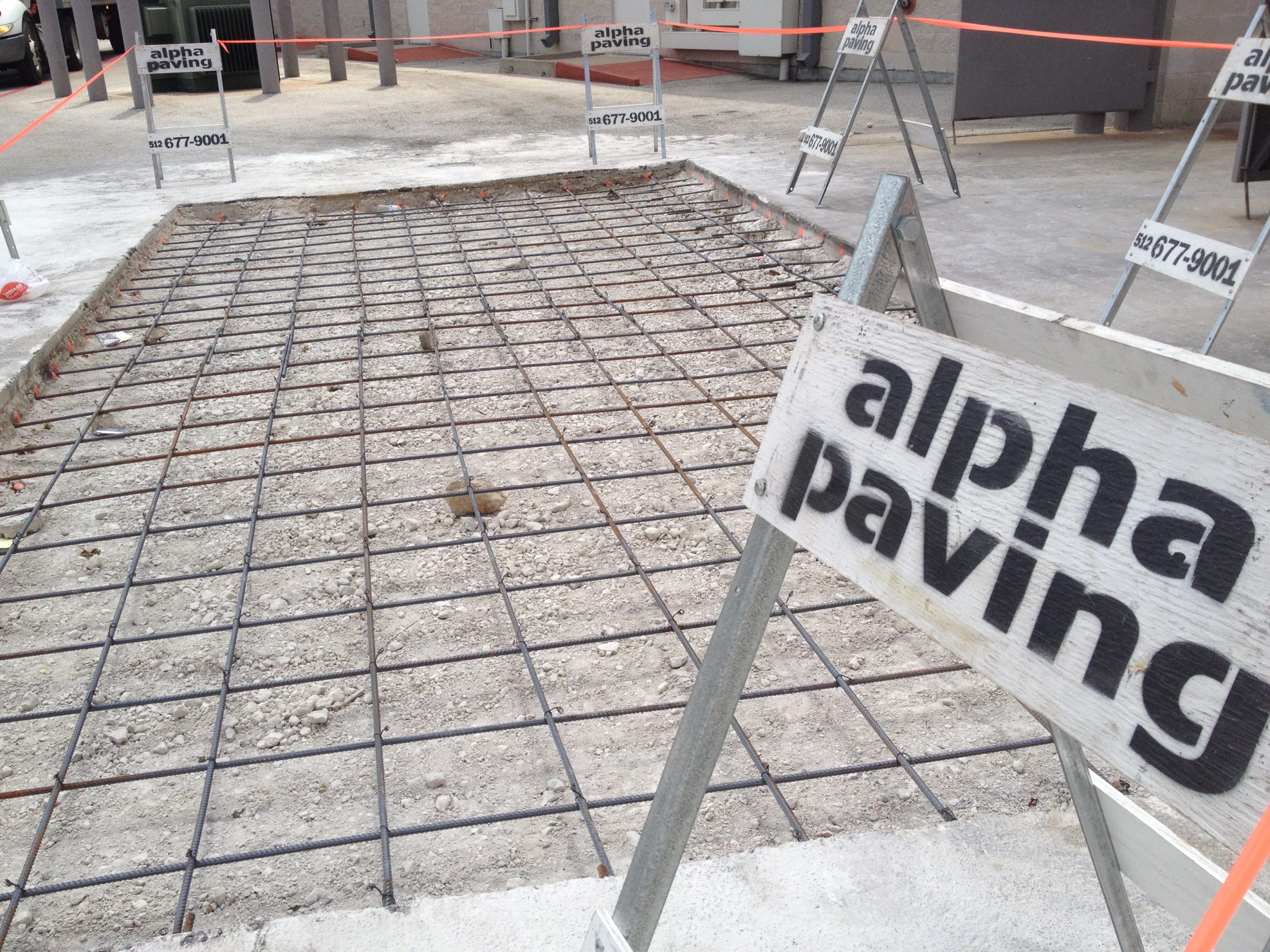

Why Concrete Cracks | Austin, Tx – Possible Causes
The list of possible causes is extensive, but there are a few causes that are more probable than others. The size of the crack and the timing of its appearance can help identify the most likely cause.
• Hairline cracks that form while the concrete is curing are often caused by excessive evaporation of water from the mix or too much water in the mix. Although concrete cures through a chemical reaction, some water will evaporate as the concrete hardens, reducing the space filled by the concrete and literally pulling it apart. Hairline cracks caused by shrinkage seldom indicate a serious problem.
• Medium-sized cracks that develop after curing are often caused by the movement of the underlying soil. This is especially common if the soil contains a lot of clay; the clay expands during the rainy season and contracts during droughts. However, these cracks can also be caused by tree roots that are exerting pressure on the sides of the concrete or uplifting the concrete from below.
• Settlement cracks can be virtually any size. They are often found in the foundation of a home and can develop at any time. Unless water is penetrating through the crack or the crack is wider than approximately 0.25 inch, settlement cracks are typically of only cosmetic concern. Settlement cracks can result from overly wet concrete, ground movement or applied loads that run parallel to the floor and are no more than 48 inches from the ceiling.
• Concrete expands when the weather is hot, and unless expansion joints have been installed, cracks can form. Expansion joints placed between two slabs or between a concrete slab and another static object allow the concrete to expand, reducing the severity of the cracking. These types of cracks usually do not appear for several years, but they have been known to form during the pavement’s first summer.
• Cracks that begin at the corners of doors or windows and extend diagonally are referred to as reentrant cracks. As the airplane industry learned, sharp corners cannot withstand stress as well as rounded corners, so cracks are more likely to develop.
• The freeze/thaw cycle can also be responsible for cracks in concrete. Water that has become trapped under the concrete can exacerbate the damage caused by heaving and subsidence.
Cracks in concrete cannot be completely prevented, but the number and severity of the cracks can be reduced if you choose a reputable contractor who understands what causes cracks and knows how to minimize them. At Alpha Paving Industries, we have the expertise you need to install or repair concrete pavement. We are a full-service paving contractor offering a wide range of concrete and asphalt services in Austin and Central Texas. We have earned an exceptional reputation that is based on the quality of our work and our commitment to providing every customer with outstanding service. Our happy customers include many retailers, apartment complexes, municipalities, schools, hotels, airports, office parks, hospitals and industrial facilities. In addition to concrete installation and repair, we offer a full range of asphalt-related services, including asphalt paving, sealcoating, parking lot striping, asphalt repair and speed bump installation. To request a free, no-obligation estimate, submit the online form or call (512) 677-9001.

